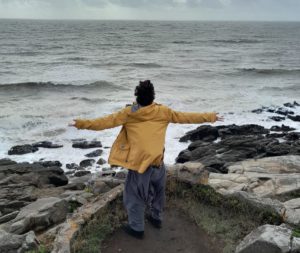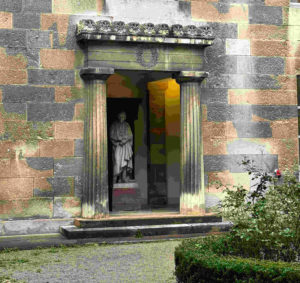Digital Humanities is like a treasure map, unlocking the mysteries of history, literature, art, and culture with the help of technology. It’s a blend of two worlds: the magic of humanities – the study of human culture – and the power of digital tools.
Think of it this way: imagine a library with endless shelves of books. Digital Humanities is the librarian who organizes these books in a way that makes it easier to explore, discover, and understand the stories they hold. It’s using computers, data, and digital techniques to study and preserve these stories.
Researchers in Digital Humanities might sift through ancient texts, paintings, or artifacts, and use technology to analyze, organize, and present their findings in new, exciting ways. They might create digital archives, interactive maps, or even reconstruct historical sites in 3D.
Why does it matter?
Well, it helps us understand our past better. It connects dots we didn’t even know were there. It makes history and culture more accessible and engaging for everyone, not just scholars.
In a nutshell, Digital Humanities is the bridge that connects our human stories with the vast potential of technology, opening doors to a world of knowledge and understanding.
It’s not just about data and computers; it’s about uncovering the beauty and richness of our shared human experience, making it accessible and relevant in our digital age.


